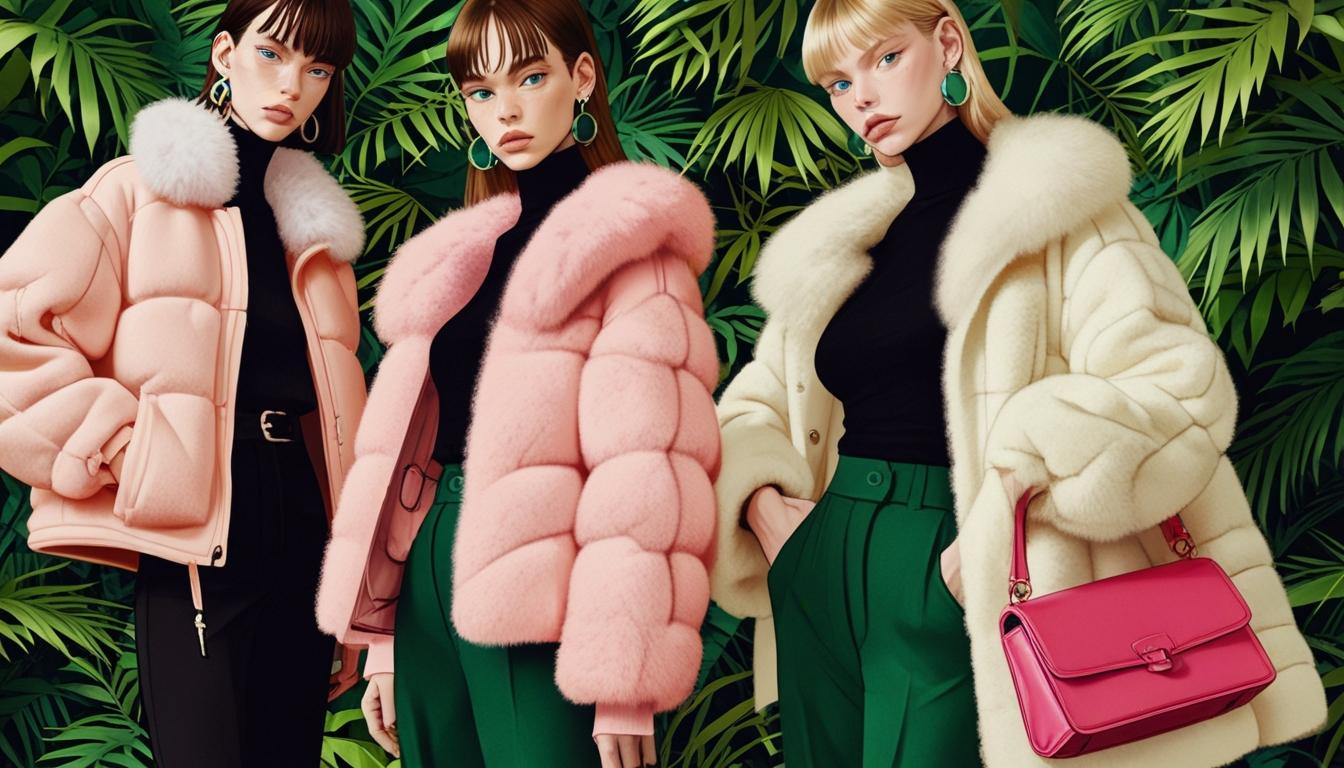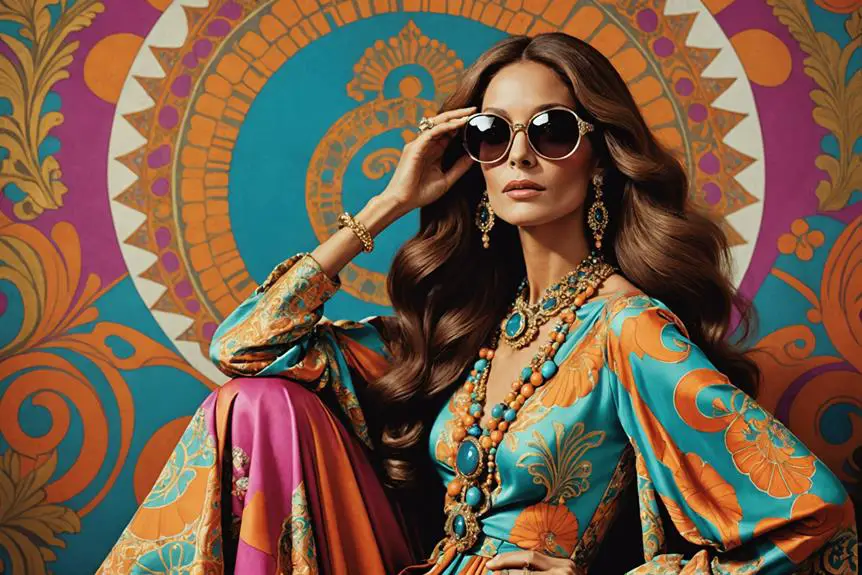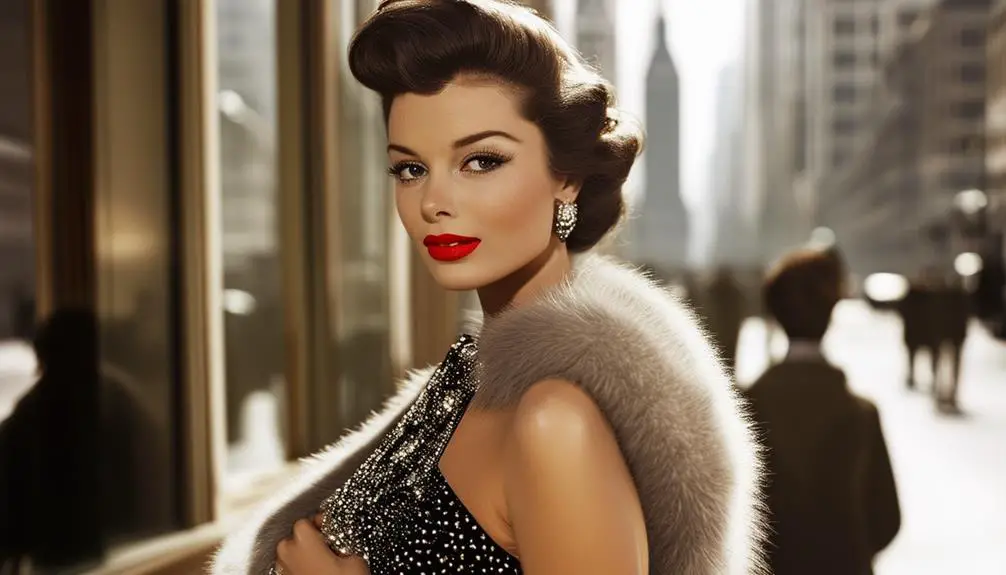The conversation around faux fur is shifting towards sustainable alternatives, as innovative materials emerge in response to consumer demand and legislation.
The conversation surrounding faux fur has undergone a significant transformation since its inception in the 1950s, when 100 percent acrylic replicas were hailed as revolutionary alternatives to real fur. At the time, these synthetic options were celebrated for being animal-friendly, more affordable, and adequately warm. However, the current environmental implications of acrylic production have prompted a reevaluation of its popularity. Recently, short puffy faux fur jackets have resurged in fashion trends, which has raised concerns regarding their environmental impact as highlighted in previous articles from Mirror Mirror Magazine.
In response to growing consumer demand for sustainable and plastic-free alternatives to traditional faux fur, new legislative actions are creating momentum for innovative developments in eco-friendly faux fur fabrics. Woolmark, an Australian non-profit organization representing wool farmers, has reported a notable increase in interest regarding samples of wool-based faux fur, especially the innovative merino wool variety. This uptick signifies a shift towards more sustainable practices in the fashion industry.
Notably, luxury fashion brand Stella McCartney has recently introduced plush jackets crafted from Savian, a groundbreaking material made from agricultural waste and plant fibers. This initiative is a collaborative effort with BioFluff, a New York-based manufacturer that claims to be the first to offer a plant-based alternative in the realm of faux fur. Such innovations have garnered attention from both the luxury fashion sector and fast-fashion brands. Ganni, for instance, has already produced fluffy handbags using this new material.
These developments illustrate a growing trend within the fashion industry that aligns with both consumer preferences for sustainability and current legislative measures favoring environmentally friendly practices. As the industry moves toward less harmful alternatives, the evolution of faux fur reflects a broader commitment to creating fashion that is not only stylish but also considerate of its environmental footprint.
Source: Noah Wire Services




